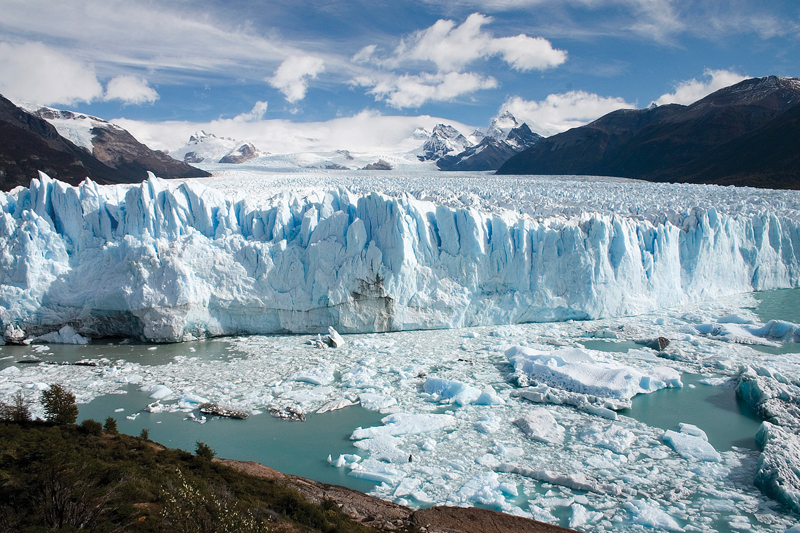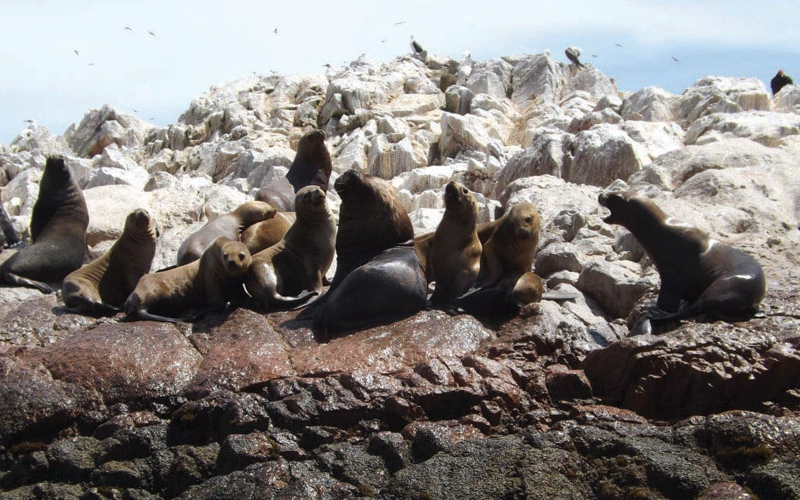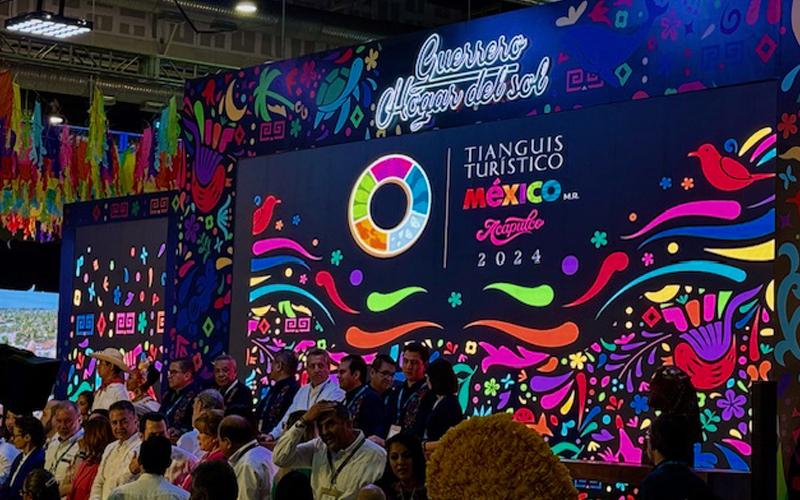Argentina Has More to Offer Than Tango and Steak
For many people the only knowledge they have of Argentina is

the play Evita, .or the haunting music of the tango. But this country has towering Andes peaks and ice mountains. Huge volumes of water rumble down Iguazu Falls, yet Patagonia is silent. Gourmets delight in the country’s fine wines, asado (barbeque) and fabulous steaks. There is much to discover.
Buenos Aires
Buenos Aires is a city of wide boulevards and narrow alleyways. One of the latter is La Boca’s El Caminito. Colorful shanties border its street where art peddlers, street musicians and trinket sellers try to get you to part with some pesos. Sometimes impromptu tango performances materialize on the street. If the tango stirs your soul and your feet, many dance schools and milongas (tango clubs) offer lessons.
The commercial El Caminito is not the only unique attraction. Check out Teatro Colón, the city’s gorgeous 160-year-old-plus opera house. If arias are not music to your ears, visit the city’s many museums or the pink Casa Rosada. It is Argentina’s answer to the White House. Only one president, Roque Sáenz Peña, has ever lived there (1910-1914). Its balcony was immortalized in the play, Evita, when she sang, “Don’t Cry for Me Argentina.” Buenos Aires has tours and a museum dedicated to Eva Peron.
Iguazu Falls
Not falling tears but water – lots of it – is the reason that the stunning Iguazu Falls is a UNESCO World Heritage Site. Bordering Argentina and Brazil, its 275 falls make up the largest set of cataracts in the world. Most scenic are the 14 cascades of “Devils Throat.” They rage 350 feet down to the Iguazu River. Be prepared to get sprayed.
Clouds of mist also soak river islands and the lush rainforest that surrounds the falls. Creatures like caimans, jaguars, howler monkeys, giant anteaters, tapirs and ocelots inhabit its jungle.
Salta
For a change of scenery, visit the Salta Province. At the foot of the Andes in the northern section of Argentina, gauchos roam its open spaces. The area is also known for red wines like Malbec and Cabernets but specifically a white, Torrontés,
Salta City, the capital, sits at an altitude of 3,881 feet. A cable car to Cerro San Bernardo reveals a drop-dead view of the city. The Museum of High Altitude Archeology displays preserved 500-year-old mummies of sacrificed Inca children. They were discovered at the summit (22,100 ft.) of the active volcano, Llullaillaco. Need to shop? Haggle for ceramic, silver and woven fabrics like alpaca ponchos, sweaters, hats and scarves at Mercado Artesanal.
Mendoza
A two-hour flight west from the bustling Buenos Aires, Mendoza, with its tree-lined streets and plazas, radiates an easy-going ambience. Known for asado and tango, most come to explore the surrounding vineyards and sample its vino, especially Malbec. Most of the wineries are outside of town so renting a car or taking a tour are two options
Patagonia
A wild and beautiful barren country of serrated peaks, steppes, lakes, grasslands and desert dot the landscape of Argentina’s southernmost province. In some places, blue ice mountains erupt from the earth. Patagonia, straddles both Chile and Argentina. The Argentinian side abuts a rugged Atlantic coastline.
Bariloche
Bariloche, or San Carlos de Bariloche, sits in the southwest, in the Andean Lakes Region of northern Patagonia. That’s about 1,000 miles southwest of Buenos Aires. In winter, skiers flock to Nahuel Huapi National Park at the foothills of the Andes and Cerro Catedral, the biggest ski resort in the southern hemisphere. Summertime attracts tourists to its lakes for fishing, birdwatching and whitewater rafting.
Those with a sweet tooth seek out Rapanui, homemade white and dark chocolate. It is a Bariloche specialty, as are asado and microbrews. Outdoorsman, foodies and chocoholics find Bariloche a fun destination.
Valdés Peninsula
South of Bariloche, shallow bays, rocky cliffs and pebble beaches dot the Atlantic coast landscape of this nature reserve and UNESCO Heritage Site. Elephant seals or sea lions often chill on the beach. Orcas come here to hunt in the waters. Southern right whales breed offshore. At Punta Tombo, over a million Magellan penguins come here every year to mate. Visitors can stroll with penguins along the shore.
El Calafate
Farther south, find El Calafate, the gateway to Los Glaciares National Park. A modern interpretive center, the Glaciarium, serves as a primer for the region’s numerous glaciers. When glaciers calve, enormous chunks of ice sound like tumultuous thunder. Its ever-shifting, icy landscape attracts hikers and sightseers.
The massive Perito Moreno Glacier, another UNESCO World Heritage Site, has 48 impressive glaciers. This ginormous ice sheet covers 96 square miles and hosts the earth’s third largest freshwater reserve.
The town of Balcón boasts fine hotels, spas and restaurants. Four-by-fours ferry tourists to a nearby petrified forest. Hikers find it a grunt of a hike.
Tierra del Fuego
This is it – pretty much the last stop before the end of the world! If the water wasn’t so cold you could swim to Antarctica. Its national park offers lots of year-round adventures for active travelers. In the summer, go mountain biking, horseback riding, hiking, kayaking or canoeing. In winter (you’d better dress very warmly and be very hardy), tours include climbing ice-laden fields, snowshoeing, and dog sledding. (I prefer the beach.)
This is just a small sample of Argentina’s attractions. The scenery is stunning, adventures plentiful, and tango is alive and well.
For information: www.argentina.travel




